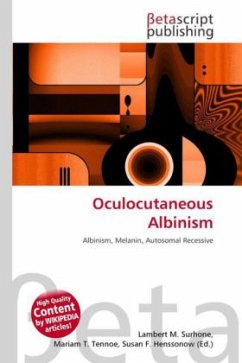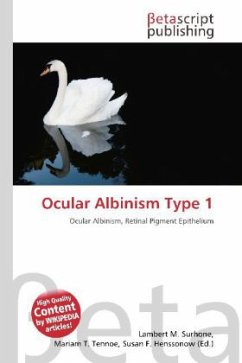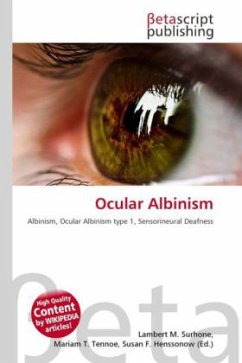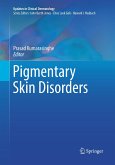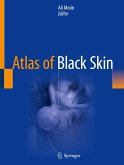Please note that the content of this book primarily consists of articles available from Wikipedia or other free sources online. Oculocutaneous albinism is a form of albinism involving the eyes ("oculo-"), skin ("-cutaneous"), and according to some definitions, the hair as well. Four types of oculocutaneous albinism have been described, all caused by a disruption of melanin synthesis and all autosomal recessive disorders. Albinism (from Latin albus, "white"; see extended etymology, also called achromia, achromasia, or achromatosis) is a congenital disorder characterized by the complete or partial absence of pigment in the skin, hair and eyes due to absence or defect of an enzyme involved in the production of melanin. Albinism results from inheritance of recessive gene alleles and is known to affect all vertebrates, including humans. The most common term used for an organism affected by albinism is "albino". Additional clinical adjectives sometimes used to refer to animals are "albinoid" and "albinic".
Bitte wählen Sie Ihr Anliegen aus.
Rechnungen
Retourenschein anfordern
Bestellstatus
Storno

